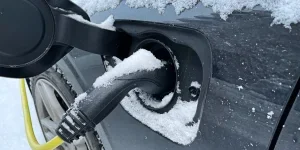When winter’s chill sets in, one of the most common concerns for drivers is the reliability of their car battery. Cold weather can be harsh on vehicles, particularly on batteries. The question, “if car battery dies in cold will it recharge,” is more than just curiosity—it’s a vital concern for anyone looking to avoid being stranded in the cold. This article delves into the heart of this issue, providing authoritative insights and practical solutions.
Table of Contents:
– Understanding how cold affects car batteries
– Signs your battery is struggling in the cold
– Can a dead battery recharge itself in cold weather?
– How to recharge a dead car battery in cold conditions
– Preventative measures to avoid a dead battery in winter
Understanding how cold affects car batteries
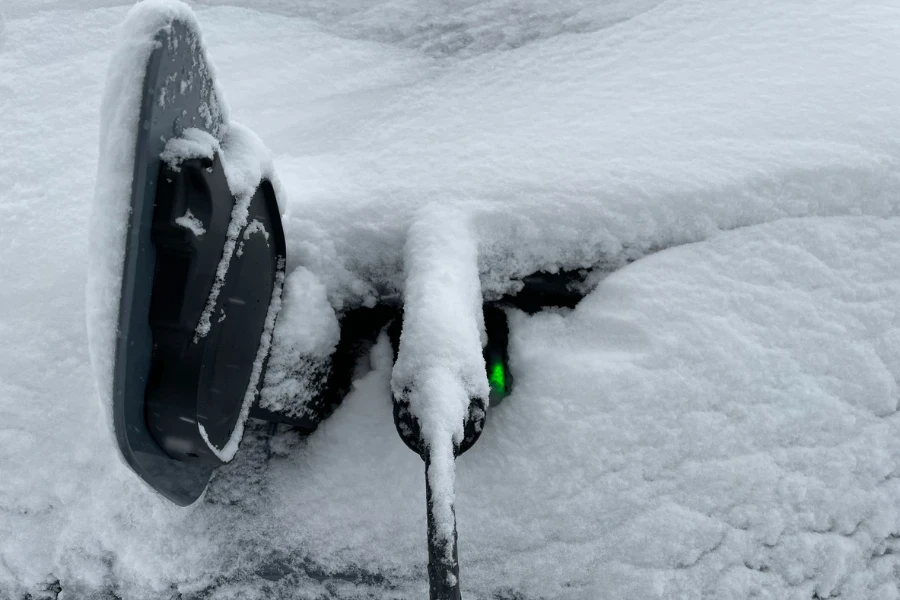
Cold temperatures can significantly impact the chemical reactions within a car battery, reducing its ability to hold a charge. At 32 degrees Fahrenheit, a battery’s capacity can drop by 20%, and at colder temperatures, the effect is even more pronounced. This reduction in capacity can mean that even a healthy battery struggles to perform, leading to difficulties in starting the vehicle or operating at full capacity.
Signs your battery is struggling in the cold
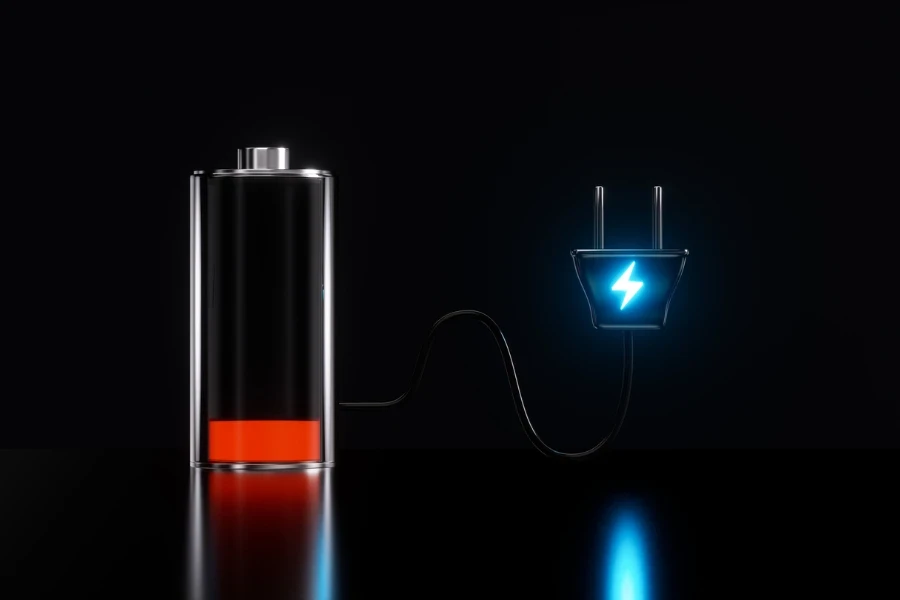
Several indicators suggest your battery might be having a hard time in cold weather. Slow engine crank, dimming headlights, and the dashboard battery warning light are common signs. Additionally, if you hear a clicking sound when turning the ignition, it’s a clear indication that the battery lacks the power to start the engine. Being aware of these signs can help you address battery issues before they lead to a dead battery.
Can a dead battery recharge itself in cold weather?

A dead battery cannot recharge itself, especially in cold weather. However, if a battery is merely discharged and not damaged, it can be recharged using an external power source. The cold itself doesn’t prevent recharging, but it can slow down the process, requiring more time to restore the battery to full capacity. It’s crucial to differentiate between a battery that’s temporarily discharged and one that’s reached the end of its life cycle.
How to recharge a dead car battery in cold conditions
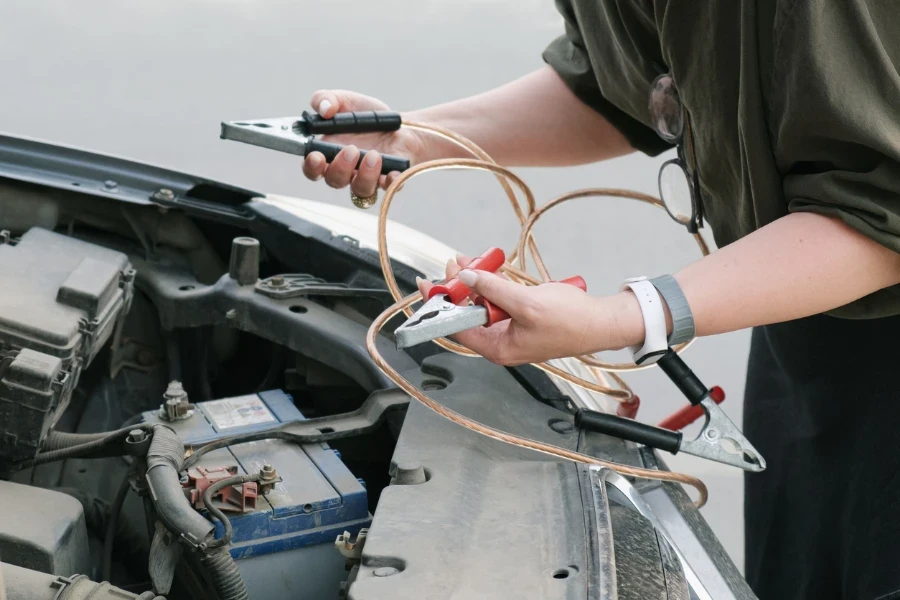
Recharging a dead car battery in cold weather involves a few steps. Firstly, ensure the battery terminals are clean and free from corrosion, as this can hinder the recharging process. Using a car battery charger, connect the charger to the battery, following the manufacturer’s instructions carefully. It’s advisable to charge the battery in a garage or another warm place if possible, as this can help speed up the recharging process.
Preventative measures to avoid a dead battery in winter
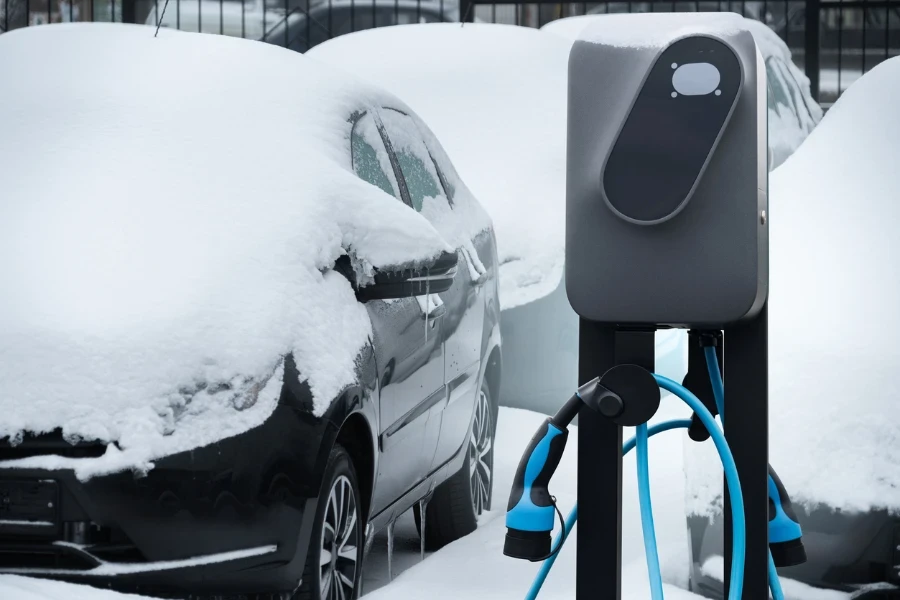
Prevention is always better than cure, especially when it comes to car batteries in winter. Regular battery checks, especially before the onset of cold weather, can help identify potential issues. Keeping the battery terminals clean and ensuring the battery is securely mounted to avoid vibration damage are simple steps that can extend a battery’s life. Additionally, consider using a battery maintainer if the vehicle will not be used for an extended period, as this can help keep the battery charged without overcharging it.
Conclusion:
Facing a dead car battery in cold weather can be a daunting experience, but understanding the effects of cold on batteries and knowing how to address them can make all the difference. While a dead battery cannot recharge itself in the cold, taking proactive steps to maintain and recharge your battery can help ensure your vehicle remains reliable throughout the winter months. Remember, prevention is key to avoiding the inconvenience of a dead car battery in cold weather.
